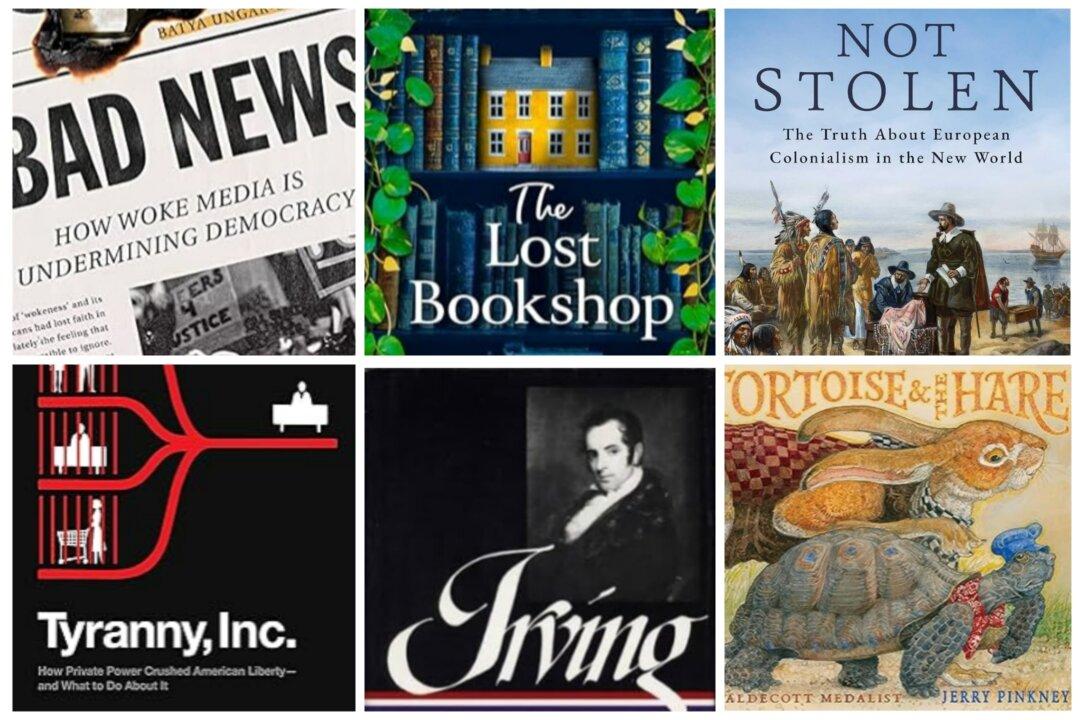Bianca Pitzorno is a best-selling Italian writer with some 70 titles to her credit for fiction and non-fiction books for adults and children. “The Seamstress of Sardinia: A Novel” is the first of her adult books to be translated into English. As a consummate reader and fortunate to be able to offer reviews, I am delighted to have discovered this read and suspect that many of you will feel the same.
While I have visited Italy and Sicily, I have not been to the island of Sardinia, the second largest Italian island in the Mediterranean Sea, where this narrative takes place at the end of the 19th century. While much of the action is in small towns or the sewing rooms of well-appointed homes, the environs are delightfully described and serve as a tempting travel destination.






